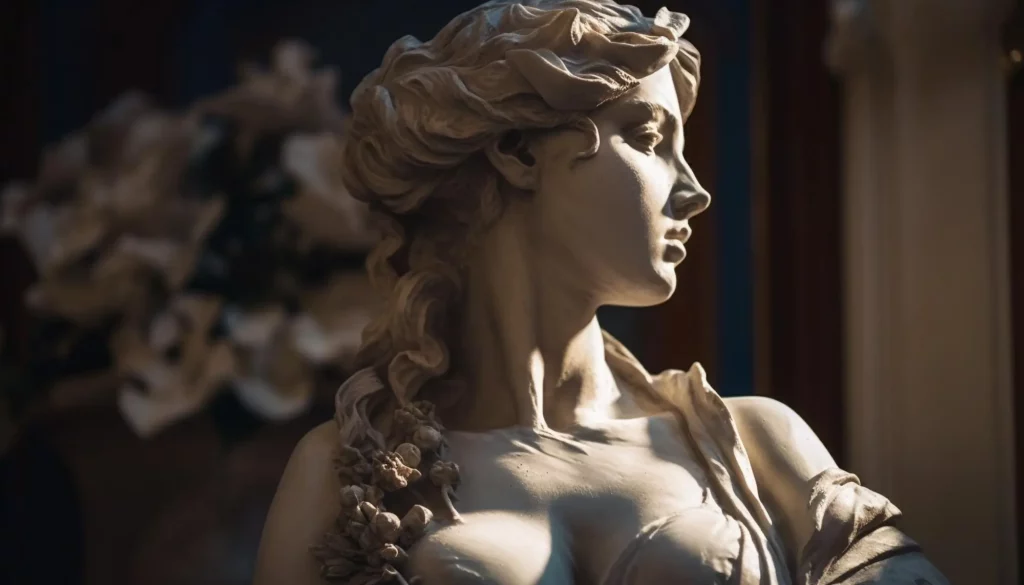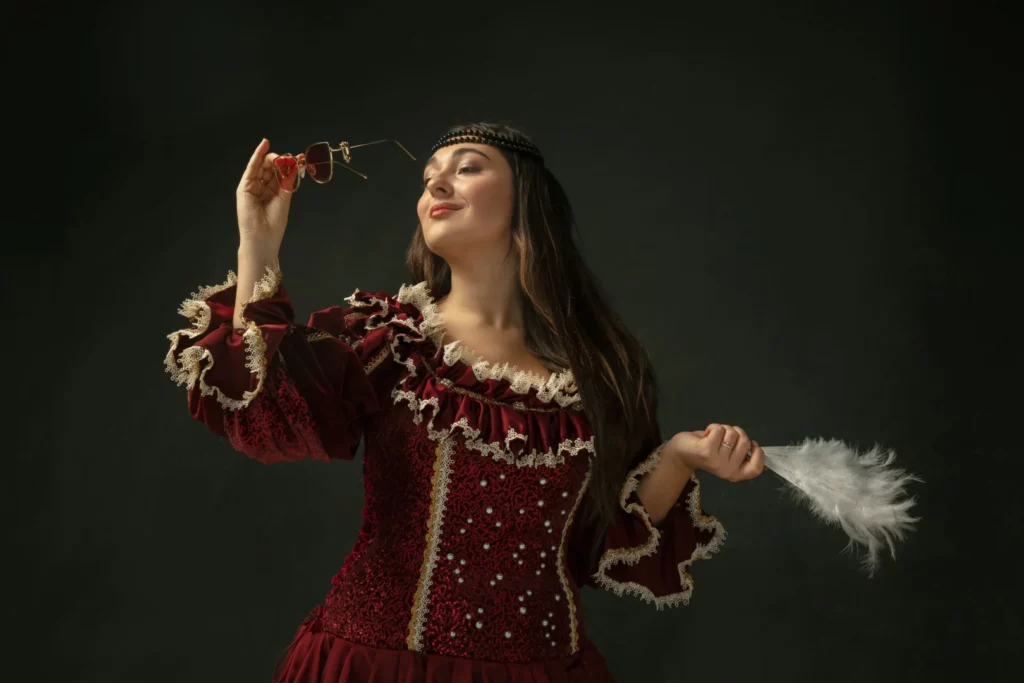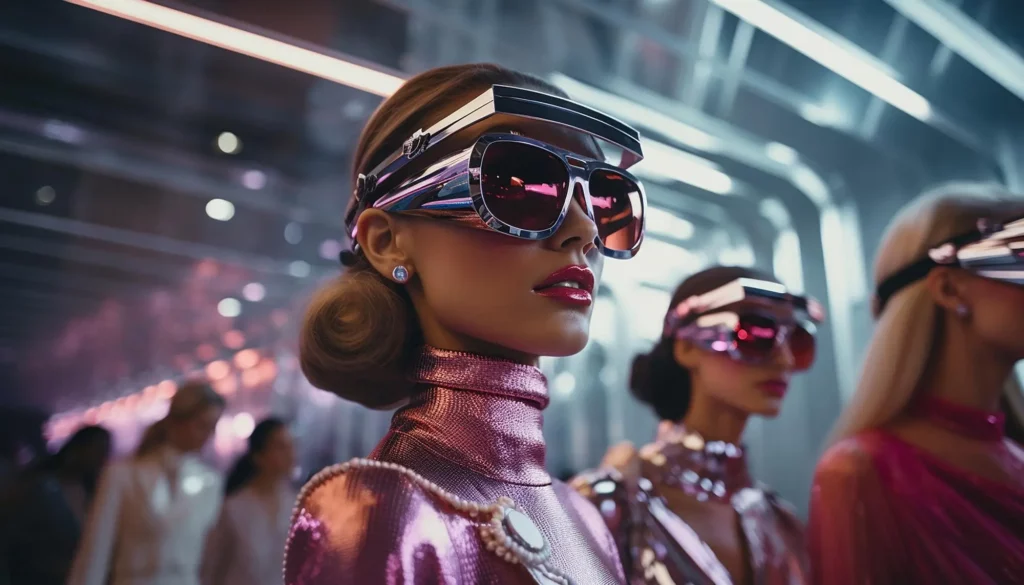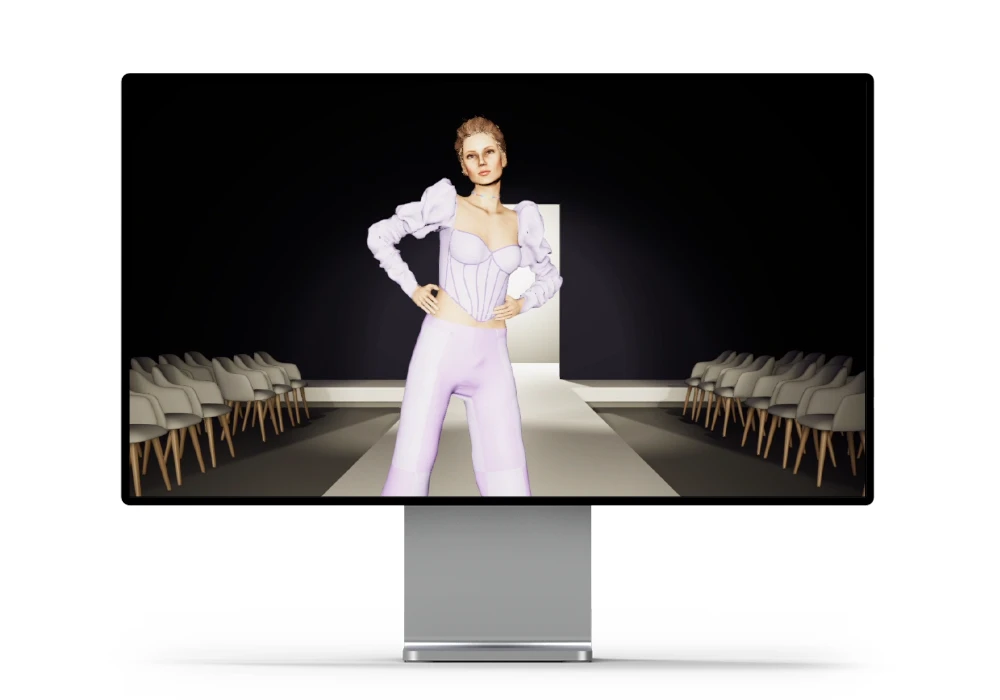Summary
- Understanding the concept of what is beautiful helps you enhance your fashion and art collections.
- Recognize the diverse definitions of beauty and their impact on creativity.
- Elevate your collections using Audaces! Experience Audaces360 multi-solution for free today.
The timeless question of what is beautiful has traversed civilizations for centuries, sparking contemplation across various disciplines such as Philosophy, Aesthetics, and Fashion.
At the heart of this exploration lies the etymology of the word and its evolution over time, intertwining with the fabric of history.
To unravel the complexities of this (un)known concept and comprehend its perception by individuals and societies, the Audaces blog has prepared this article devoted to these thought-provoking discussions.
Join us on this journey into the philosophical, artistic, and fashion perspectives surrounding the multifaceted concept of beauty.
Sumário
What is beautiful, after all? Let’s try to figure it out now!
How important is the perception of beauty for fashion?
The concept of what is beautiful plays a crucial role in the realm of fashion, influencing people’s preferences, choices, and attitudes towards clothing and style.
Fashion goes beyond mere functionality; it serves as a medium for personal expression, identity, and communication.
Various aspects of fashion are inherently linked to the perception of beauty, including elements like design, colors, patterns, silhouette, and the overall aesthetics of garments.

What is the linguistic definition of “beautiful”?
The word “beautiful” finds its roots in the Latin “bellus,” denoting charm. Initially associated with women and children in classical times, it carried a pejorative tone for men, reflecting an Apollonian essence tied to the god of beauty and war.
Before its Latin definition, the term might have originated from the Indo-European root DW-EYE, connecting it to words like “bonus” and “bene” for “good.”
In contemporary language, the Houaiss Dictionary defines beauty as possessing a “pleasant, perfect, harmonious shape or appearance,” evoking admiration, greatness, nobility, pleasure, and perfection.
Meanwhile, The Oxford English Dictionary describes it as “the quality of giving pleasure to the senses or to the mind”.
These definitions have solidified key terms such as beauty, aesthetics, harmony, proportion, and balance in the lexicon, particularly in the fashion industry.
But, after all, what is beautiful?
In his book “History of Beauty,” the Italian writer Umberto Eco explores the concept, noting that terms like beautiful align with what brings pleasure, closely tied to the idea of the Good.
This connection between Beauty and Goodness spans historical periods, tracing back to the word’s origin. Eco’s reflections go beyond this correlation, presenting beauty as an idealized form of aesthetic perfection.
What is beautiful according to philosophy?

Rooted in Greek Aesthetics, the philosophical exploration of beauty emphasizes balance, symmetry, harmony, and proportionality in life and art.
Today, this understanding, revisited during the Renaissance, continues to impact contemporary perspectives, particularly in the Fashion Industry.
The enduring influence of these philosophical principles is evident in fashion shows, shaping the propagated notions of beauty.
Learn more: What are the 7 universal fashion styles and how to apply them to your collection?
What is beautiful in Socrates’ perspective
Socrates, a prominent figure in Ancient Greece (5th century – 470 BC), contended that beauty was a harmony perceived by the eyes and ears, emphasizing its accessibility through sensory experiences.
In his view, “the beautiful is the useful,” implying that beauty is not tied to an object’s appearance but rather to its utility. This perspective ascribes a practical character to beauty, stemming from the product or practical situation it represents.
What is beautiful in Plato’s insight
Plato, another influential Greek philosopher of the 5th century BC, conceptualized beauty as tied to a universal essence, independent of the observer.
According to Plato, everything in the imperfect sensible world is a mere reflection of the perfect intelligible world.
His renowned allegory, “The Myth of the Cave“, illustrates how our perception of reality is a subjective construct influenced by a “collective unconscious,” shaping societal beauty standards.
What is beautiful according to Aristotle’s notion
Aristotle, a disciple of Plato, introduced a distinct concept of beauty. In his view, a work could only be deemed beautiful if it had the capacity to induce catharsis in its admirers.
Here, catharsis represents the purification of the soul and ideas through artistic expression, with tragedy serving as the quintessential form for achieving this effect.
Aristotle believed that tragic theater prompted reflection, unlike comedy, which, despite its amusement, lacked the depth to inspire contemplation and did not align with the classical Greek societal understanding of beauty.
And what is beautiful for fashion?

The allure of beauty lies in its intangible, immaterial, and unattainable nature, making it an enduring mystery beyond our control.
However, our understanding of beauty serves as a foundation for artistic creation, especially in fashion and clothing design, supporting creativity and production.
Beauty is an experiential phenomenon linked to cognitive, mental, or spiritual processes, with diverse forms throughout history.
In the creative process, a deep understanding of beauty’s significance is indispensable.
Learn more: How to create a moodboard and organize your fashion inspirations?
Examples of beauty trends throughout History
Fashion and beauty trends have undergone significant transformations throughout history, mirroring the social, cultural, technological, and economic shifts of each era.
Explore examples of trends across different historical periods:
Classical Antiquity (approx. 500 BC – 476 AD)
In Ancient Greece, togas and simple attire prevailed, while Ancient Romans of higher status wore more elaborate togas. Greek women favored fair skin, using facial powders made from plaster and lime, and adorned elaborately styled hair with jewelry.
Renaissance (14th – 17th centuries)

High-waisted clothing with full skirts and luxurious fabrics was fashionable.
Men commonly wore fitted jackets and tights. Women used makeup to lighten their skin, emphasizing a high forehead, often shaving eyebrows for a taller appearance.
Victorian Era (19th – early 20th centuries)
Women donned long, voluminous dresses, often paired with corsets to slenderize the waist. Men favored coats and top hats. Fair skin was valued, and women used face powders. Hair was intricately styled and adorned with accessories.
1920s
Short, loose dresses, cloche hats, and the iconic “flapper” style. Short, wavy hair, bold makeup featuring dark lips and lined eyes, became defining characteristics.
1960s
Miniskirts, flared pants, vibrant colors, and psychedelic prints were in vogue. Makeup focused on the eyes, featuring false eyelashes, striking eyeliner, and voluminous hairstyles.
1980s
Shoulder pads, bright colors, extravagant clothing, and tight jeans dominated. Bold makeup, voluminous hair styled with copious amounts of spray, and vivid lip colors were prevalent.
2000s to 2010
Low-rise jeans, sportswear, leggings, and celebrity influence shaped the era. Thin eyebrows, lip gloss, tanned skin, and straight hair were popular.
Current affairs (after 2010)
Contemporary trends emphasize sustainability in fashion, inclusive styles, comfortable clothing, and technological fabrics. Valuing diversity, natural makeup, skincare, and embracing hair with its natural texture are key aspects of current beauty standards.
Learn more: Uncover the benefits of fashion trend forecasting for your clothing business
Main changes in beauty standards in the digital era

The digital age has transformed beauty standards in impactful ways:
Beauty diversification
Social media has empowered individuals of varied backgrounds to challenge traditional standards, fostering acceptance of diversity.
Body positive culture
Social media fuels the “body positive” movement, promoting acceptance of all body types and encouraging a healthier self-image.
Focus on well-being and health
Greater awareness of well-being and health as integral to beauty has emerged. People prioritize self-care, healthy lifestyles, and mental health practices.
Augmented Reality (AR)
Beauty brands use AR technology for virtual product trials, simplifying decision-making and shaping makeup and skincare preferences.
Learn more: Discover how immersive fashion can benefit your apparel business
Transform what is beautiful to you into reality with Audaces
Discover how Audaces innovative software solutions can elevate your fashion company’s design process and deliver the best to your customers.
Audaces360
Efficiency and productivity are paramount in the dynamic fashion and textile industry.
Audaces360, an innovative solution, optimizes production and enhances results for companies.
This revolutionary software seamlessly integrates the entire manufacturing cycle into a single platform, offering fundamental advantages for the fashion industry.
Audaces Fashion Studio

Explore the possibilities of bringing your creative ideas to life with Audaces Fashion Studio. This software allows you to design models on a three-dimensional mannequin without the need for paper patterns.
Key benefits include realistic fabric simulations, application of colors and textures, reduced samples, streamlined communication between style and modeling, and significant cost reduction in the creation phase.
Ready to turn your beautiful ideas into reality? Download our e-book now!
FAQ
Beauty perception is fundamental in fashion, influencing preferences, choices, and attitudes towards clothing and style.
Our notion of beauty serves as a powerful starting point for artistic creation. Particularly in fashion and clothing design, it provides infinite support for creativity, research, and production.
Etymologically, “beautiful” originates from the Latin “bellus,” meaning “charming”.










